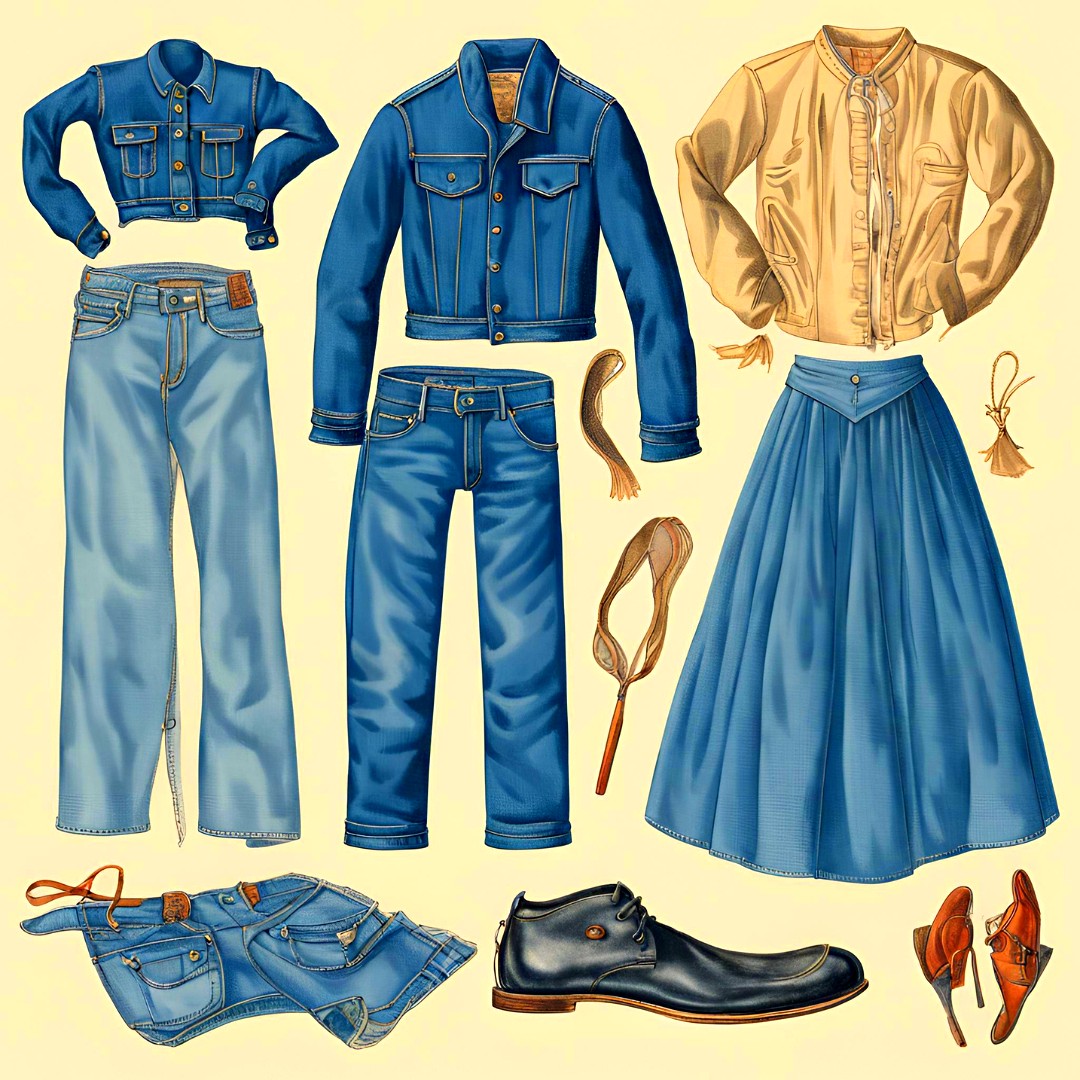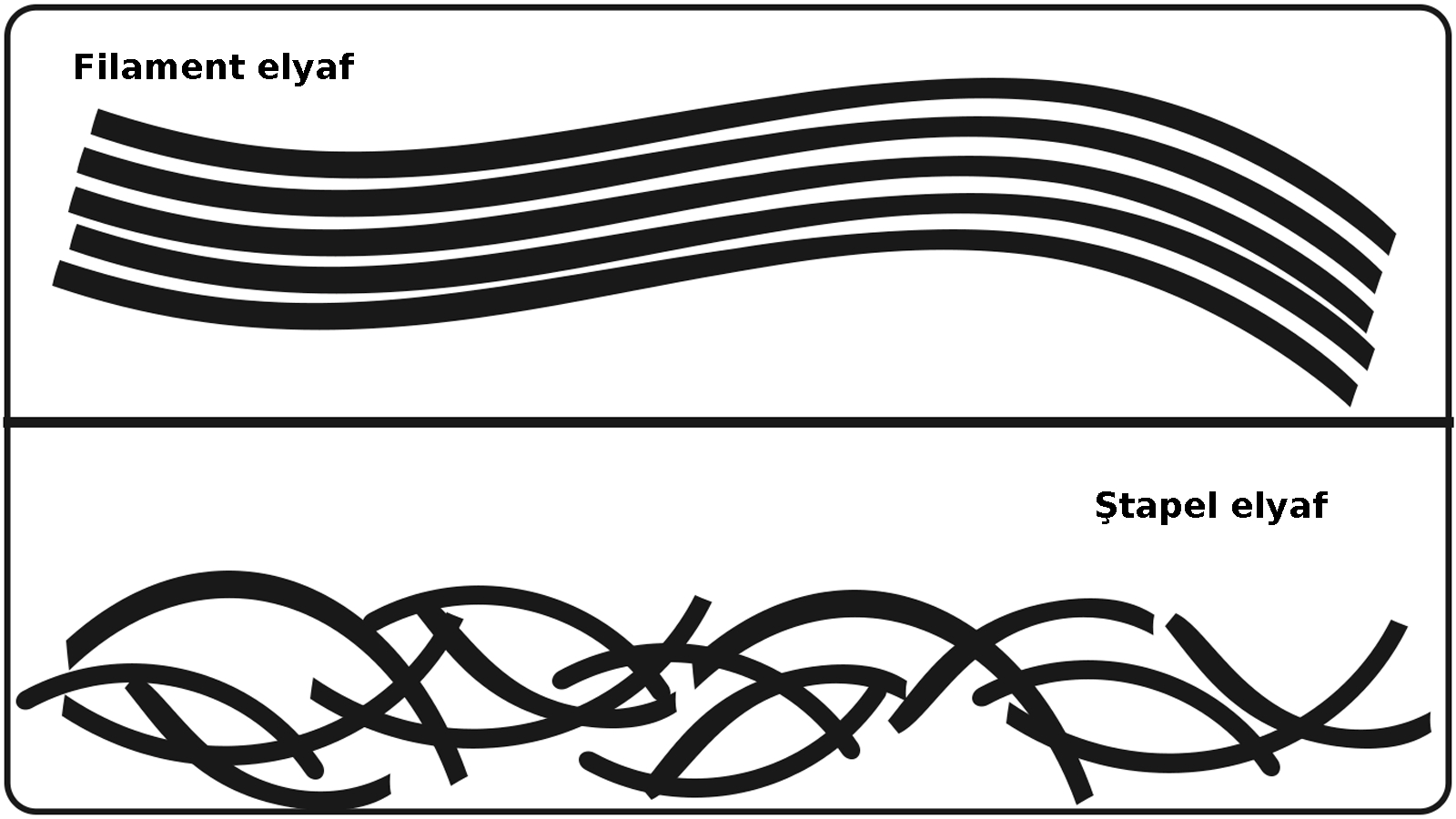Drying - Mechanical Fabric Finishing Methods In Textile
17:04
0 comments
Drying is removal of moisture from a fabric. Drying is, of course, used to remove moisture from the fabrics. However, the way in which the heated air is applied can have more far-reaching effects. Controlling the mechanical action of the drier, including the air velocity and other mechanisms, can result in bulking of the fabric and shrinkage control. High temperatures after drying can be used for heat setting of thermoplastic fibers. Various types of dryers are used in the textile finishing house.
Tenter Frames and Loop Dryers
Tenter frames are the most common method used for drying. Used for open-width fabrics, tenter frames provide absolute control of the fabric width and can reduce shrinkage. Tenter frames can also be used to heat set thermoplastic fiber or blend with cotton. You can also use tenter frames to dry and cure cellulosic fabrics treated for wrinkle resistance. At the entrance of the frame, the fabric is in pins or clips located in rails. Both edges (or selvages) of the fabric are gripped which constrains and controls the width while the fabric is transported through the tenter. The fabric can be fed on the pins at a rate faster than the pins move, this results in an overfeeding of the fabric for subsequent drying and/or curing in the ovens or sections of the frame. As the fabric dries, it shrinks. Inside the frame, a high velocity of air is blown through nozzles placed above and below the fabric. As the fabric is transported through this frame, the mechanical action of blown air causes it to dry and shrink. In essence, the fabric moves through on a cushion of air. The series of ovens or sections in a tenter frame can be heated to different temperatures. When tenter frames are used to dry the water out of the fiber, temperatures are kept as low as possible. In other applications, requiring chemical reactions, such as curing, temperatures are higher to achieve the action. Unlike a tenter frame, where the fabric passes horizontally through the machine, a loop dryer carries the fabric up and down around rollers so that fabric forms vertical loops as it passes through the dryer. Fabric spends more time in this dryer but drying is more gentle because air velocities are lower than in a tenter frame.
Relaxation Drying
Another drying method relieved fabric distortion and results in fabric that is pre-shrunk. This is referred to as relaxation drying and usually occurs after chemical finishing and before compaction. Performed on pen width or tubular fabrics and used primarily for knits, relaxed drying makes use of mechanical action to reduce shrinkage.
Conveyor Belts and Drum Dryers
Two different systems are used: conveyor belts and drum dryers.
- Belt dryer systems are designed to overfeed and relax fabric. A relaxed fabric transport is coupled with mechanical action achieved by airflow and, in some systems, the bouncing action of the conveyor belt. The belt is typically made of chemically resistant fabric material, but it can be metal. With knit fabrics, as fabric modulates, shakes, and shimmies, it shrinks. Combined with overfeed, fully staggered nozzles achieve a sine wave effect on the fabric causing it to shake. As a result, the fabric shrinks as tensions are removed from the structure.
- Drum dryers incorporate a series of large perforated metal drums, these are inside an enclosed oven where fabric is wrapped around most of the outside surface of each drum and is transferred from drum to drum as it passes through the dryer. The greater the air velocity, the faster the fabric dries. The conventional drum dryer is designed so that air flows from inside the drums out through perforations and through to the fabric. High air velocities can blow the fabric off the drums, stretch and distort its structure so another method has been devised. The suction drum drying method pulls the heated air from outside the drum to the inside. The suction causes the fabric to lie against each drum. Because air is pulling the fabric to the drum, rather than pushing it away higher velocities can be used without stressing the structure of the fabric. As the fabric moves up, around, and over these drums, it vibrates, shrinks, and flattens. This is a less stressful way to dry fabric. Drum dryers are commonly used to dry knits in tubular form, however open-width fabrics, knit or woven, can also be accommodated by this system.
-
Ayakkabılarda doğru numara seçimi sağlık ve kullanım ömrü açısından önem arz eder. Kesirli Ayakkabı Numaraları Ne Anlama Geliyor? 🤔 Bazı a...
-
İş sağlığı ve güvenliği için bazı işletmelerde pr ayakkabı kullanımı gereklidir. Ayakkabılarda rastladığımız "PR" terimi, İngiliz...
-
Rahat bir kullanım için ayağın genişliği ve uzunluğuna uygun ayakkabıyı seçmek son derece önemlidir. Ayakkabı Genişlik Terimleri: E, F, FX,...
-
Yeşil renk ve tonları, sarı ile mavi ışığın birleşmesi sonucu oluşur ve fotosentetik pigmentler nedeniyle bitki yapraklarında yaygın olarak ...
-
Türk tekstil ve hazır giyim sektörü: yerli markaların yükselişi. Türkiye'nin lokomotif sektörlerinden biri olan tekstil ve hazır giyim...
-
Kumaşın ön yüzünün ve arka yüzünün gösterimi. Kumaş yüzü (Alm. Stoffvorderseite, Fr. front de tissue, İng. fabric face; face of fab...
-
Lif kısaltmaları tekstilde elbise üretiminin her aşamasında kullanılır. Tekstil, Kumaş, Lif ve Elyaf Kısaltmaları : Tekstil endüstrisi, lif...
-
Mavi polycotton nevresim takımı. Polycotton , polyester ile pamuğu (cotton) karıştırarak elde edilen, her iki elyafın en iyi performans ...
-
Vorteks iplik üretim aşamaları gösterimi. Vorteks (vortex) eğirme sistemi temel olarak bir çekim sistemi ve bahsedilen çekim sisteminin de...
-
Türk ayakkabı markaları, yerli ham maddeyi mükemmel işçilik ve estetik tasarımlarla birleştiriyor. Türk malı ayakkabı ürünler, kalitesi ve e...
-
Türk tekstil ve hazır giyim sektörü: yerli markaların yükselişi. Türkiye'nin lokomotif sektörlerinden biri olan tekstil ve hazır giyim...
-
Akrilik elyaf, iyi yalıtım özelliğine sahip olmasıyla öne çıkan sentetik bir lif türüdür. Akrilik Elyaf: Tanım ve Özellikler Akrilik, ( Alm....
-
Kumaş numunesi. 1) Yapılarına göre (nasıl yapıldıysa o ismi alır) a) Dokunmamış kumaşlar - Nonwoven , keçeler, kağıt telalar, elyaf, vi...
-
Ünlü Türk modacı ve tasarımcılarının kreasyonları artık dünya moda başkentlerinde sergileniyor. Türkiye'de tekstil ve moda sektörünü...
-
Farklı renk ve türdeki kumaş çeşitleri. Kumaş, ipliklerin, çeşitli yöntemlerle bir araya getirilerek oluşturduğu kaplayıcı yüzeylerd...
-
Türk ayakkabı markaları, yerli ham maddeyi mükemmel işçilik ve estetik tasarımlarla birleştiriyor. Türk malı ayakkabı ürünler, kalitesi ve e...
-
Dünyanın en meşhur modacıları. Dünyaca ünlü modacılar Her sezon önce podyumları sonra da vitrinleri süsleyen özel koleksiyonların arkas...
-
Lif kısaltmaları tekstilde elbise üretiminin her aşamasında kullanılır. Tekstil, Kumaş, Lif ve Elyaf Kısaltmaları : Tekstil endüstrisi, lif...
-
Naylon olarak da bilinen polyamid kumaşlar sentetik kökenli bir kumaş türüdür. Polyamid ya da naylon (Alm. Polyamidfaser, Fr. fibre ...
-
Tekstil ürünlerinin etiketlerinde yıkama, kurutma ve ütüleme ile ilgili semboller bulunur. Tekstil Ürünleri için Tavsiye Edilen Yıkama Tali...


















































































































0 yorum:
Yorum Gönder
Merhaba, daha kaliteli bir site için yorumlarınızı bekliyoruz.